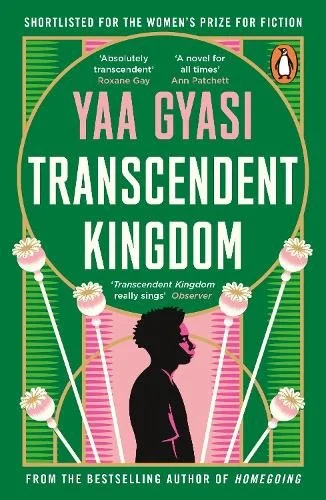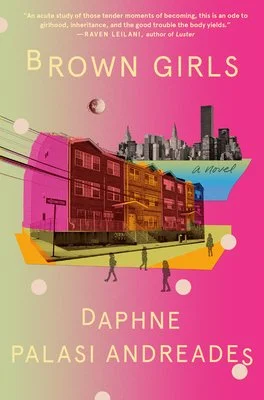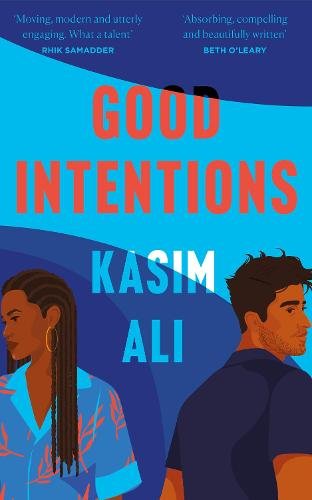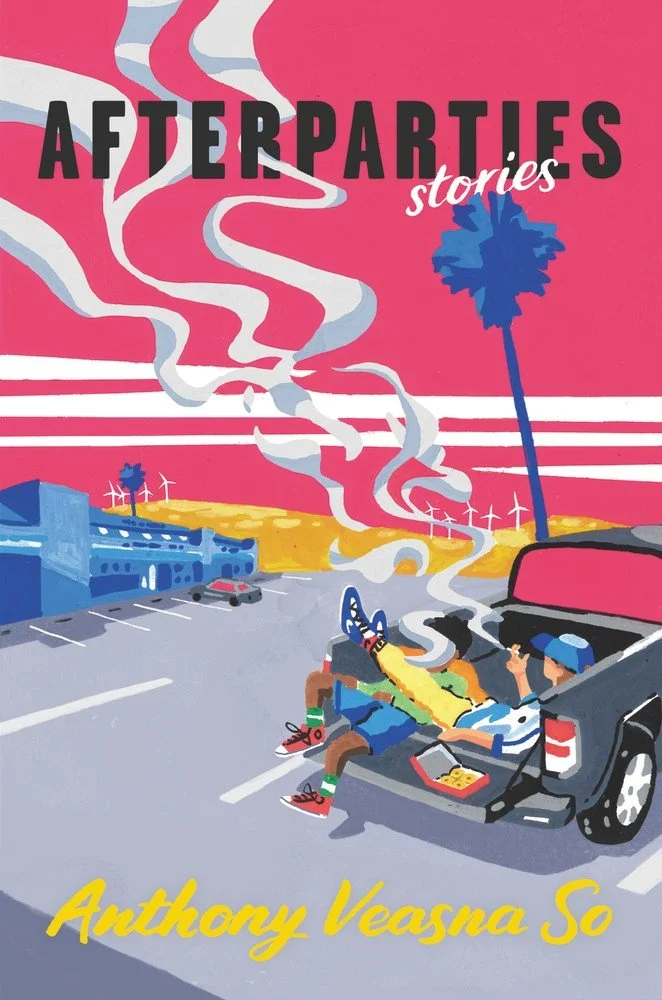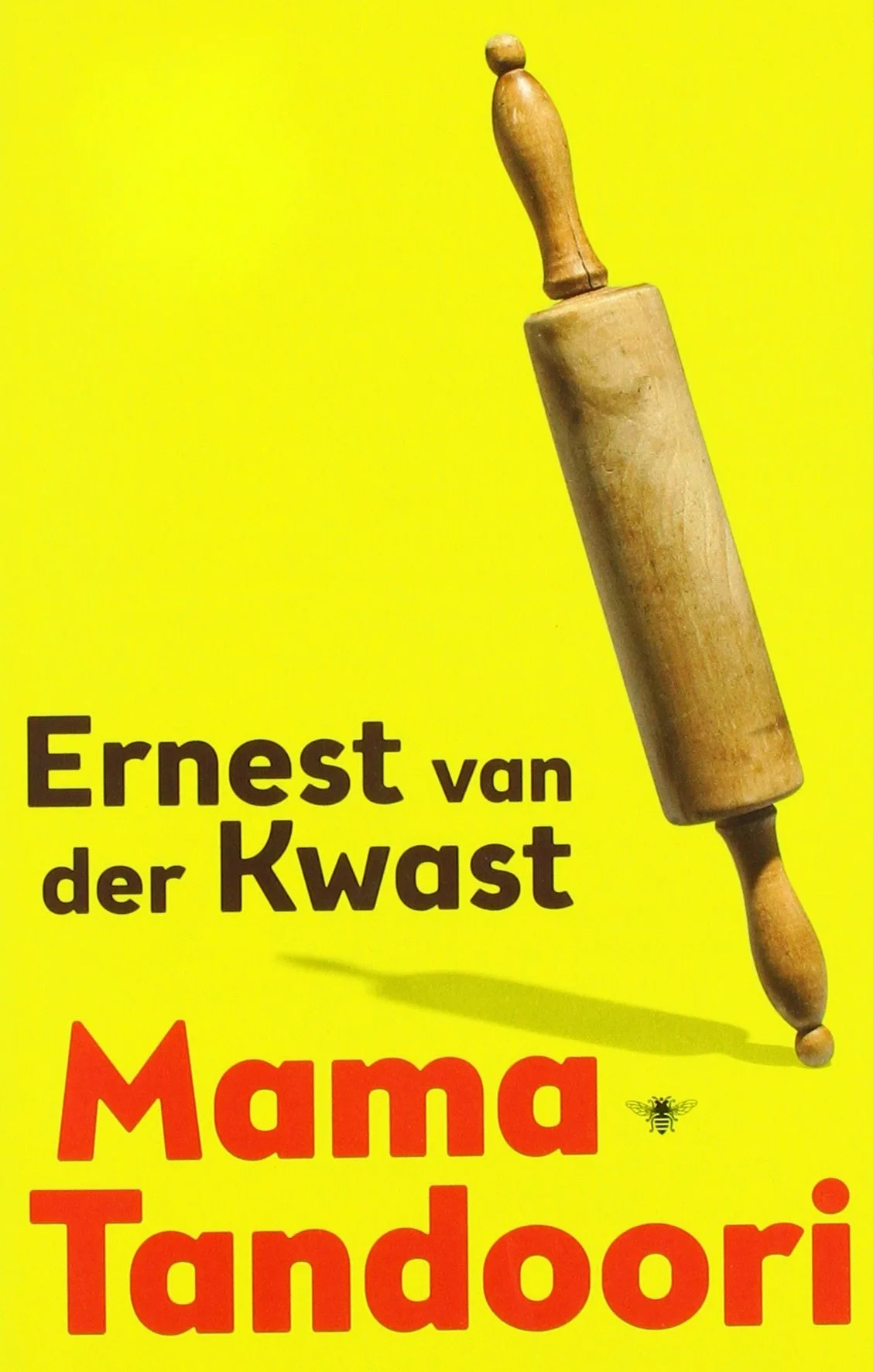Author Min Jin Lee follows a Korean family through years of hardship, interweaving true history to create an emotional and fascinating novel.
Pachinko, a bestselling book by Min Jin Lee, follows a Korean family through three generations and several countries. The 479-page saga begins with the teenage girl Sunja, who must leave behind her family in Korea to move to Japan. Sunja has gotten pregnant outside of marriage, and is presented with the option of marrying and moving to japan with a man who is not the father of her child. While this decision is heartbreaking for Sunja, as she must abandon everything she’s ever known, her other options are worse. Upon Sunja’s arrival in Japan, the novel focuses heavily on Sunja’s experience as a Korean woman living in Japan.
Additionally, the absent but wealthy and influential father of Sunja’s child looms large in the background of the story throughout the novel. The story transitions from Sunja’s experiences to those of her children and grandchildren while always staying focused on the major themes of familial relationships and Korean identity. By the novel’s end, Sunja is an older woman, and the reader will have followed her life as well as her children’s and grandchildren’s.
The incredible thing about Pachinko is how beautifully developed the characters are. It is a book that will bring you to tears multiple times as you genuinely feel like you know the members of this family. At the same time, it emphasizes crucial historical events through fiction—major, global historical events which affected millions—which are unfortunately rarely taught in American schools. Fiction can be an extremely effective mode for portraying the human experience compassionately, and Pachinko is undoubtedly an excellent example of that. Pachinko is one of my favorite books I’ve ever read and one that I would definitely recommend. It is an entirely immersive experience: a book nearly impossible to put down, as you feel like you are traveling with this family across space and time, through tragedies and exultations.
The TV adaptation of Pachinko premiered on Apple TV+ in March of 2022 and is available to stream there. The first season had eight episodes, and the show has already been renewed for a second season. While the novel unfolds in chronological order, the first season of the TV show shifts from Sunja’s perspective as a young woman to her grandson’s narrative as a young man, leaving the viewer wondering what has transpired in the many years between—questions that will undoubtedly be answered as the show progresses. Despite the differing structures, the show’s first season stays mainly true to the plot and events in the novel. The differences between the novel and the show make them both worth the read and watch, respectively, without the show straying too far from the author’s vision.
As noted, the true strength of Pachinko as a story is its characters. Throughout the book each character continues to surprise you while also staying true to the personalities that have been built. Min Jin Lee manages to keep the reader engaged and invested through three generations; while there are too many characters to count, they are all people the reader will care about. By building a narrative around a family—spanning about 70 years—the reader will truly feel a part of the story. It is immersive and emotionally compelling, never failing to be both heartbreaking and heartwarming simultaneously. The many threads created throughout come together in the end in a way that makes sense, and despite the enormity of the story, it never feels like the author has taken on too much. The book is complex and extraordinary, yet it still feels plausible and honest.
Calliana Leff
Calliana is currently an undergraduate student at Boston University majoring in English and minoring in psychology. She is passionate about sustainability and traveling in an ethical and respectful way. She hopes to continue her writing career and see more of the world after she graduates.






